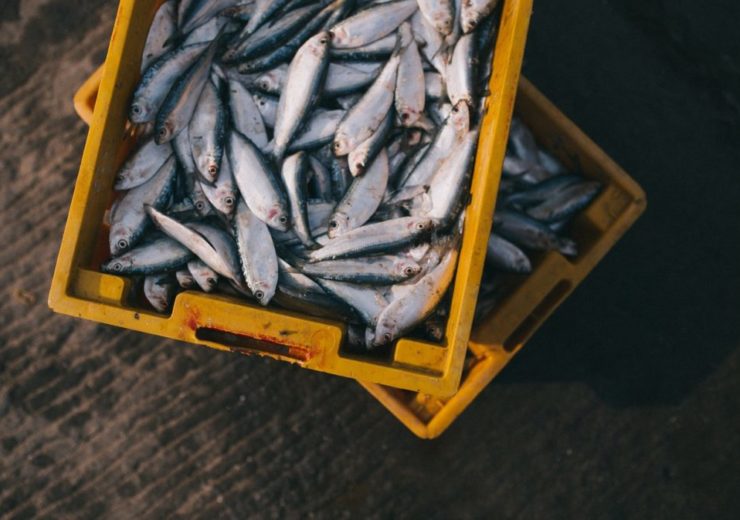The company’s five-phase commercialisation strategy starts with R&D and small-scale pilot testing

Image: BlueNalu announces commercialisation strategy.Photo: Courtesy of Free-Photos/Pixabay
Seafood producing company BlueNalu has announced a commercialisation strategy and released food facility design schematics for large-scale production.
With its latest move, BlueNaluhas become the first company to providefacility design schematics showing large-scale production of foods through cellular agriculture or aquaculture.
The company has created a five-phase commercialisation strategy, which begins with research and development, followed by small-scale pilot testing. It further evolves into a phase where market research testing takes place and culminates in food facilities.
Each of the facility is expected to produce up to 18 million pounds of finished seafood products or about 72 million four-oz seafood fillets or equivalent units per year.
Presently, the company is in the first phase of development, producing whole seafood medallions and fillets at pilot-scale. It aims to introduce products into a test market in two to three years and start building its first large-scale production facility in five years.
BlueNalu president and CEO Lou Cooperhouse said: “We have developed an optimal strategy for scaling up production of cell-based seafood from a variety of finfish, crustaceans and mollusks to meet global demand.
“BlueNalu will provide products that are healthy for people, humane for sea life, and sustainable for our planet. As a result, we can have a major impact on supplementing our global supply chain for seafood.”
BlueNalu aims to enter markets of North America, Asia, and Europe
BlueNalu also claims that each of its facility will be designed to initially serve regional population centres, focusing on countries in North America, Asia, and Europe, where there is a high current and projected per capita consumption of seafood.
It aims to replicate its initial facility to several other locations across the globe, making continual operational enhancements and selecting varieties of fish, product applications and marketing channels to meet the needs of each selected region.
Such a strategy is touted to contribute to a stable global supply chain for seafood, supporting to the health and biodiversity of oceans.
Cooperhouse continued saying: “Over the past year, we have engaged with bioprocessing and food engineering specialists, as well as architects that specialize in food facility design and construction, to determine the optimal process flow and the underlying assumptions that will result in maximum production capacity and flexibility, and minimal capital and operational costs.
“As can be seen from our schematics, each production facility will look like a hybrid between a microbrewery and a conventional food production facility. BlueNalu’s food facilities will produce an array of raw and cooked, fresh and frozen seafood products that are prepared in a trusted and familiar way.”
